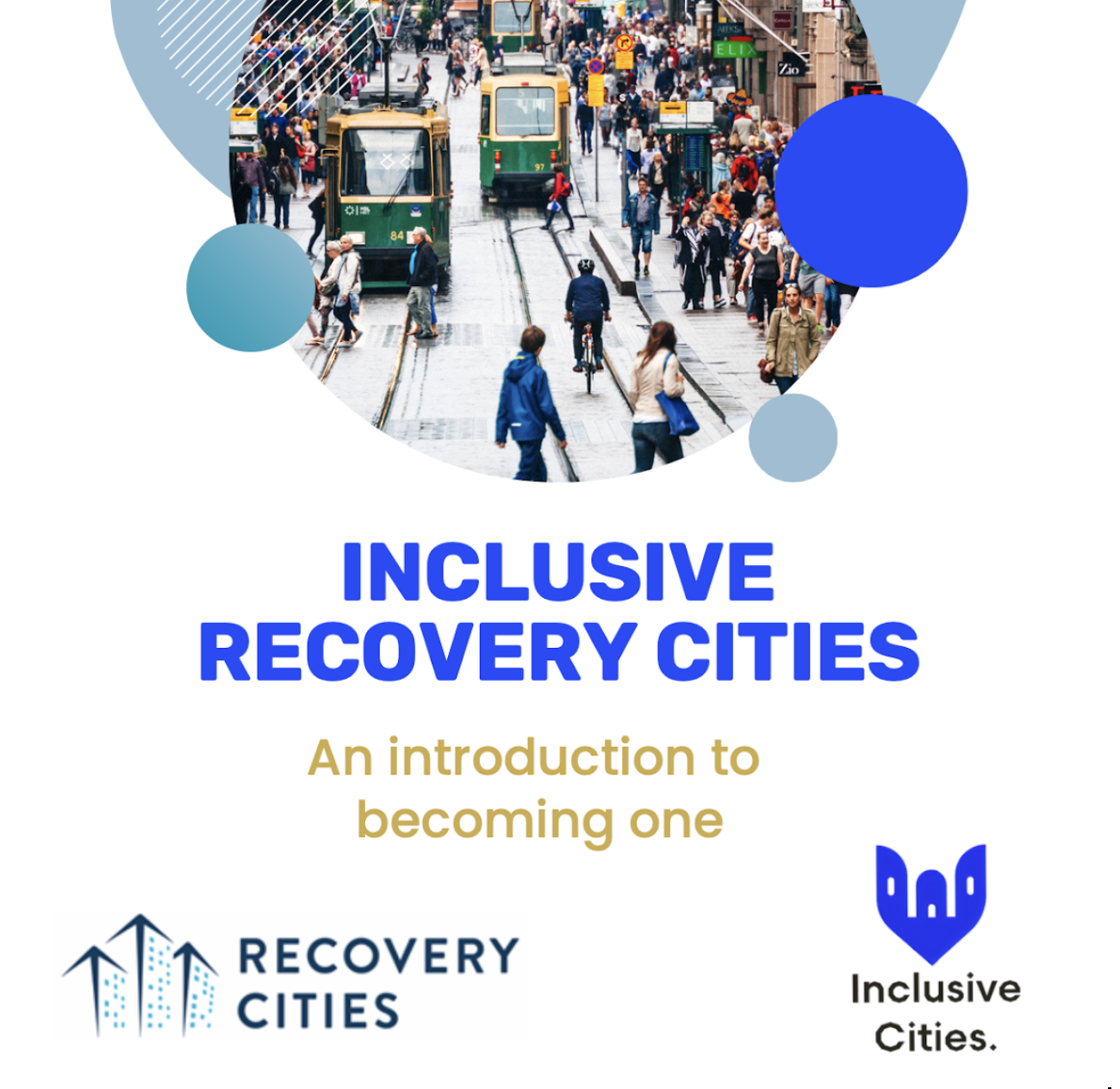As the concept of “recovery capital” has gained momentum within the recovery community over the last decade or so, some who study addiction medicine and the recovery process are calling for cities, towns, and other communities to embrace a new concept: the “Inclusive Recovery City.”
But what is an “Inclusive Recovery City?” What is the process for becoming one? What are the pros and cons of joining the “Inclusive Recovery City” movement?
In this post, we will examine where this idea comes from, what cities and towns are bringing this novel vision to life, and what we can expect from the “Inclusive Recovery City” model moving forward.
What is social capital? What is recovery capital? Why is it important to the concept of “Inclusive Recovery Cities?”
Every person in recovery deserves support. Social capital can take many forms, but most experts in the addiction treatment community agree that it is vital to the success of recovery. In general, there are three different kinds of social capital that are relevant to recovery:
Personal recovery capital - the inner strength and resources that are already within us or have the potential to be within us as we walk along in our recovery journey. This can include strategies and attributes like positive self-talk, self-care, resilience, self-esteem, and more.
Social recovery capital - this is the support that you get from your family, friends, care providers, and the larger community in the form of personal, supportive relationships. The importance of this type of recovery capital cannot be understated.
Community recovery capital - this is the support that you can receive from organizations, institutions, and groups. Here, the emphasis is on practical help, education, and access to services, rather than individual relationships.
What is an “Inclusive Recovery City?”
The “Inclusive Recovery City” concept is essentially a process whereby people come together in community, in public, to make recovery more visible, inclusive, and interactive. Inclusive Recovery Cities have several integral components that set them apart at Inclusive Recovery Cities. They are:
A “steering committee” made up of community members, some with lived experience in addiction, that can help plan and evaluate public events. This body is also responsible for coordinating with leadership in other Inclusive Recovery Cities and sharing ideas, successes, and challenges.
A signed declaration that your city is, indeed, committing to the Inclusive Recovery model, usually from the Mayor or other municipal decision-making body.
At least 2 public-facing recovery-friendly events per year. These gatherings are meant to be joyful, meaningful, and enjoyable for people of all backgrounds. Common ideas include:
A recovery walking club
A recovery running club
A recovery talent show
A recovery movie night
A trash clean-up day
Public community art projects that celebrates recovery
A mechanism for reviewing the success of each event. Ideally, the group works together to generate new ideas and refine existing strategies to ensure that the gatherings are fun and engaging.
Where does the idea of “Inclusive Recovery Cities” come from?
The movement is an international one, but it began as the result of the work of academic researchers, led by Belgian Prof. Charlotte Colman.
Pieces about Inclusive Recovery Cities have appeared on the website for Drug Free America Foundation, among others, where the model is championed as the ideal environment for people struggling with SUD.
For people in early recovery who feel adrift, a visible, community-wide commitment to destigmatization and community events that celebrate recovery could be a dream come true.
Inclusive Recovery Cities involve all sectors of society being “in on” the recovery community. From supportive City Halls, to research groups at local Universities, to faith-based organizations, to healthcare providers - there is a place at the table for every sector of society in this shared, communal approach to recovery from SUD.
Events are meant to increase the interconnectedness of the larger community with the recovery community, and provide all members of the community an opportunity to exchange stories, ideas, and resources for a stronger, healthier community.
What cities have adopted the “Inclusive Recovery City” model?
The “Inclusive Recovery Cities” model is expanding across the globe, from Belgium, to Sweden, the UK, the United States, and extending to places as far afield as Bosnia, Serbia, and Montenegro. In October 2024, Richmond, Virginia became the first “Inclusive Recovery City” in the United States.
What is the CHIME model and how is it connected to “Inclusive Recovery Cities?”
The CHIME model is an acronym that represents the necessary ingredients for a successful recovery journey. They are:
Connectedness
Hope and optimism about the future
Identity
Meaning in life
Empowerment
It can be said that these “basics” are necessary for any life well-lived, with or without a SUD diagnosis, but these components are absolutely critical in the development and maintenance of a rewarding recovery lifestyle.
The CHIME model is used as one of the theoretical bases for the “Inclusive Recovery Cities” movement.
Future-proof your addiction treatment business with Behave Health
Behave Health is committed to making it easier - and more profitable - to operate evidence-based, results-focused addiction treatment centers that stand the test of time.
Our all-in-one app puts clinical, administration, staff, admissions, alumni, residents, treatment plans, billing, insurance authorizations and more - all at your fingertips.
Get your free trial started today and see why more addiction treatment centers prefer Behave Health.
PS. Just getting started with behavioral health? Our Behave360 Professional Services can help with licensing, accreditation, compliance, and much more. Stop trying to reinvent the wheel and end the analysis paralysis. Our seasoned specialists handle all of the details with precision so you can focus on what’s next.





